Address
Plot No. - M88, MIDC, Ambad, Nashik - 422010, Maharashtra, India
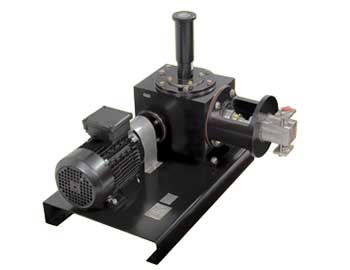
Flocculent Dosing for Clarifier Unique Dosing System, Nasik( Maharashtra) has an moxie in manufacturing and supplying of Flocculent Dosing For Clarifier. This system helps to keep your colaidal contamination buggas clean. Flocculants are reagent, natural or synthetic which are added to a dissipation of solids in a liquid to bring together fine patches to form floc. The flocculant process consists dissipation of polymer, transportation of polymer to solid phase also adsorption of polymer on solid face and permits conformation. Flocculent Dosing Pumps are suitable for Sugar, Leather, Pharmaceutical, Paper diligence and also in Dairy factory and Water treatment factory.
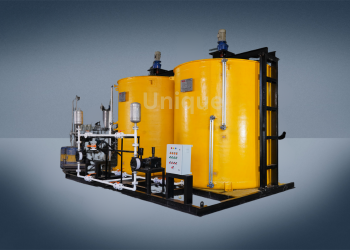
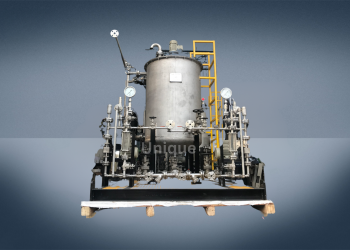
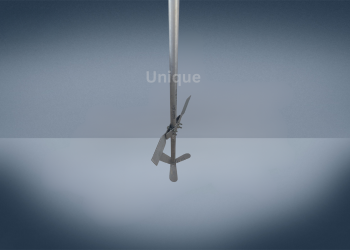
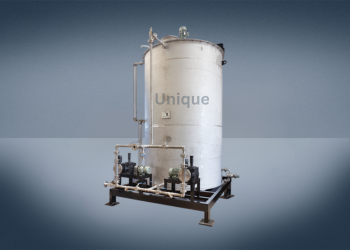
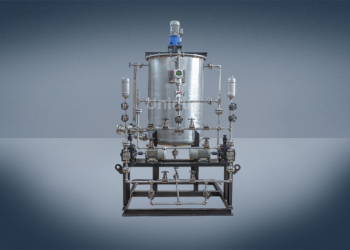
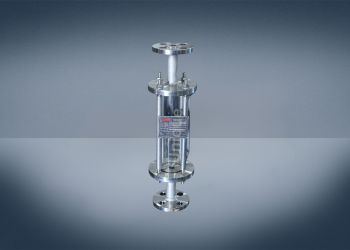
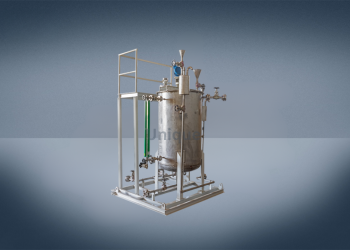
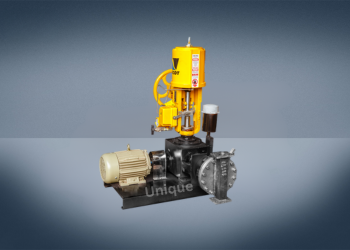

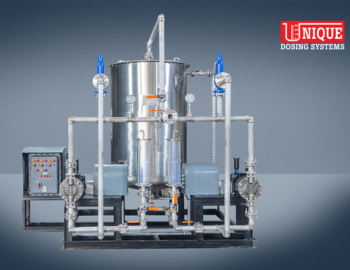
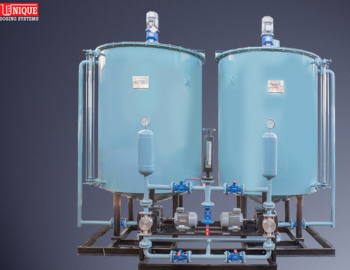

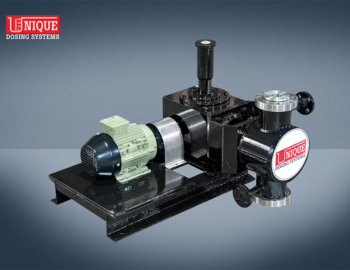
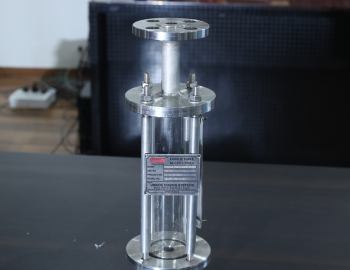
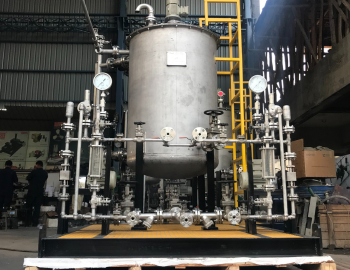

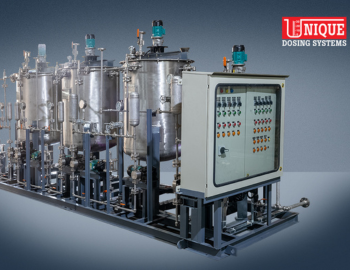
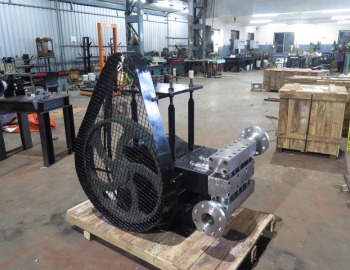

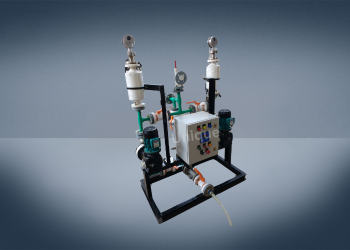
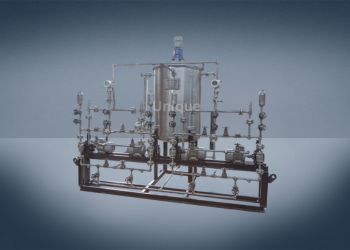

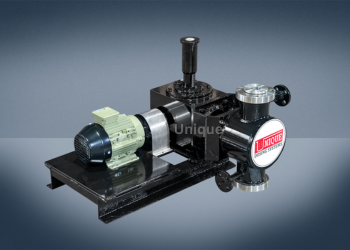




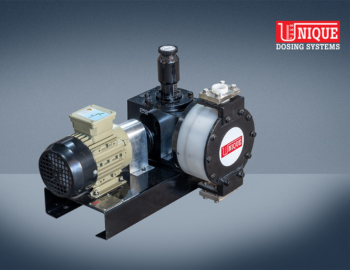
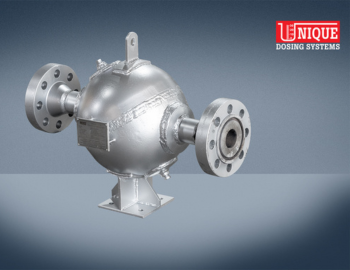
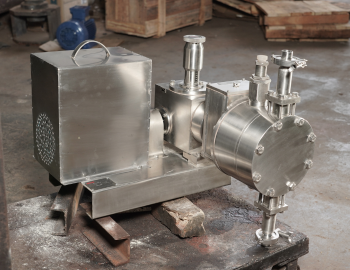


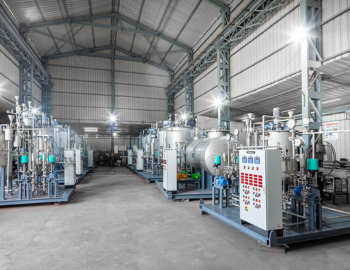
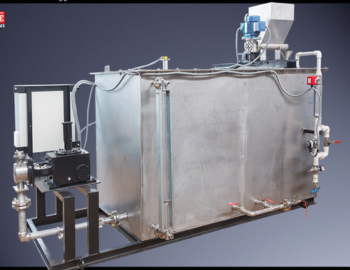
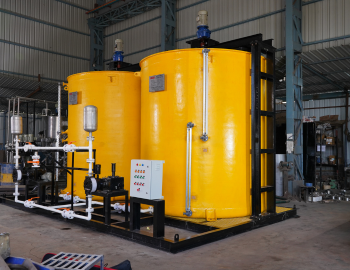
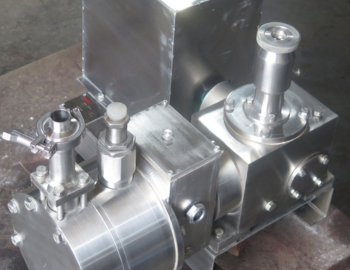
Bring to the table win-win survival strategies to ensure
proactive domination. At the end of the day, going for
ward, a new normal.
+ Country
Satisfied clients
Years experiences
Qualty paramerters